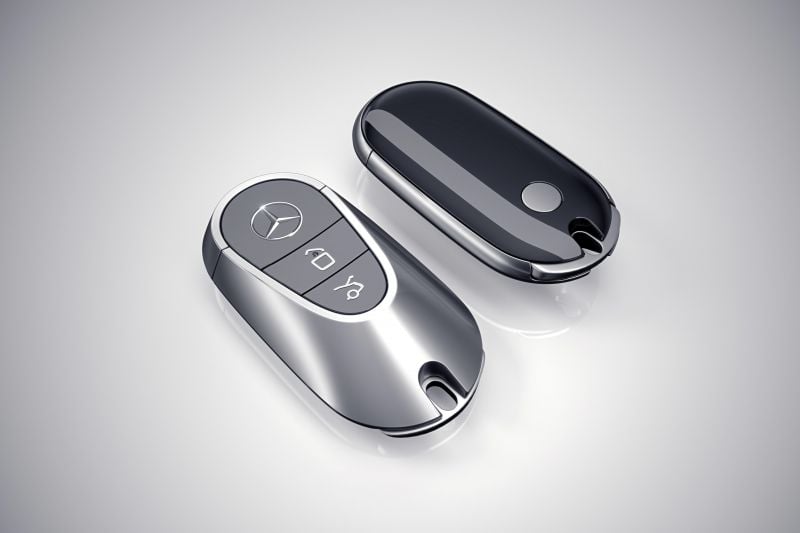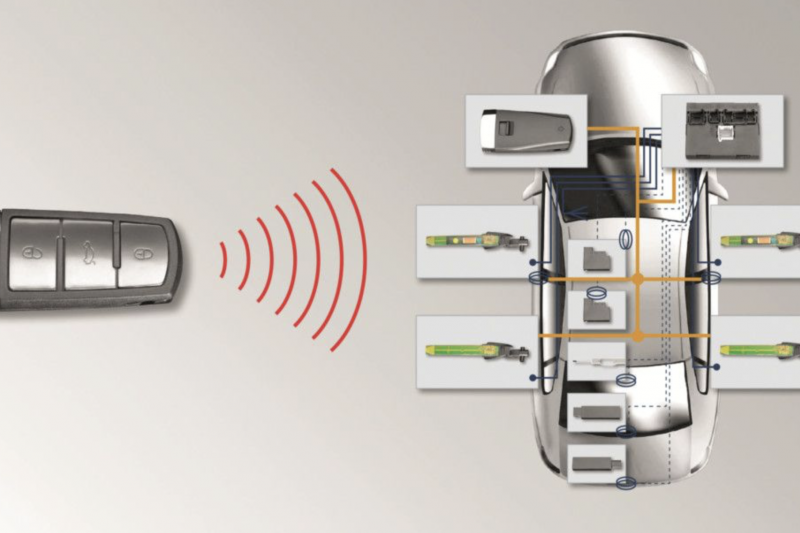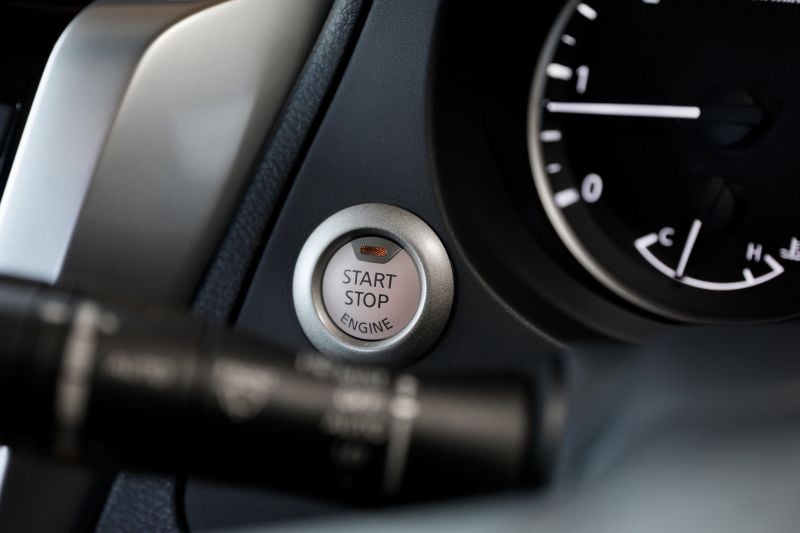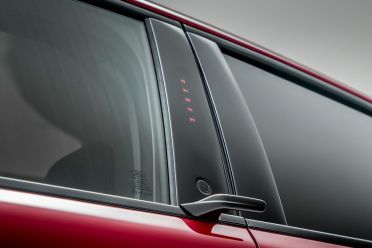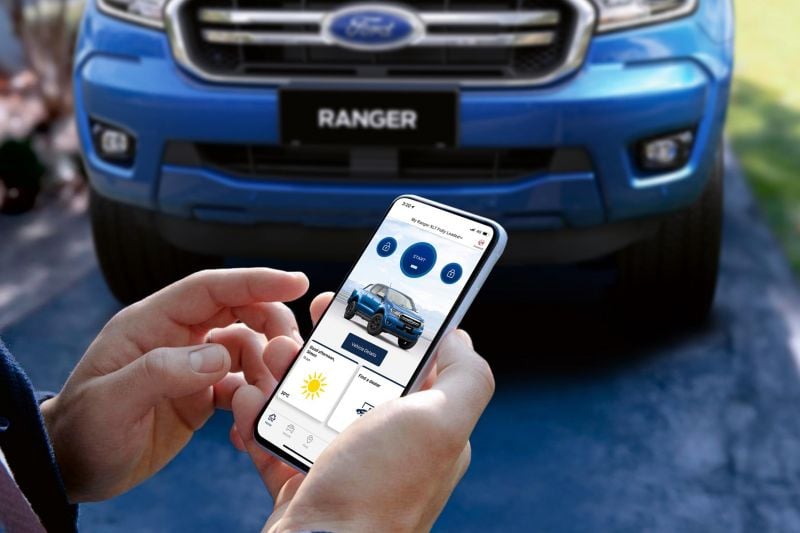In decades past, entering your car and starting it up was a very straightforward process that involved physically inserting a key into the appropriate keyhole on the driver’s door, opening the door and then inserting and turning the key again into another slot inside to begin engine ignition.
The innovation of central locking then came along, allowing driver and passenger doors to be locked and unlocked simultaneously. Then came keyless entry, allowing you to lock and unlock a car from a distance by pushing a button on a key fob.
More recently, the industry has introduced the next wave of innovations in this space, which include everything from proximity sensing keys and hands-free tailgate systems, to door handles that pop out automatically and other, more secure forms of entry such as pin codes, fingerprint scanners and even facial recognition systems. This article will discuss how some of these systems work.
Proximity-sensing keys
Proximity-sensing keys were first introduced on the Mercedes S-Class in 1998 (under the brand name ‘Keyless Go’) and today are common on even affordable vehicles.
The main benefit of proximity-sensing keys is they allow you to enter and start the car without having to manually fish out the key and unlock the car. Instead, as long as the key is on your person (e.g. in your pocket or handbag), the driver can push a button or touch the door handle to unlock and subsequently turn on the car.
This can be especially convenient if, for example, both your hands are full, or in inclement weather where you’d like to enter the car as quickly as possible without having to rummage around for your keys.
Proximity-sensing keys operate through the transmission of radio waves. Cars equipped with this system have radio antennae located within the door handles that can transmit information on both ultra-high (around 300-400 MHz) and low frequencies (around 125 kHz). The key fob, of course, is also equipped with a similar antenna.
When the driver touches or pushes a button on the door handle to unlock the car, the system transmits a signal on a UHF frequency to determine whether there is an authorised unique transmitter (i.e. key fob) nearby; the key fob will then respond with its own signal.
Additionally, the antennae within the car transmit a low-frequency signal that helps determine the key fob’s precise position and whether it’s inside or outside the car. If the key fob is close enough on the outside, the doors are unlocked, and if the fob is inside the car, the engine ignition will commence when the driver pushes the start button.
In this way, at no stage in the unlocking or vehicle start-up process do you need to interact with the key fob itself.
Hands-free tailgate systems
The hands-free tailgate is another convenience feature that’s becoming increasingly popular on SUVs in particular. These systems allow you to open the car’s boot simply by making a kicking motion with your feet underneath the car, and thus is especially convenient when, for example, you’re carrying grocery bags.
The system works only in the presence of the proximity sensing key (described above). Sensors placed in the rear bumper produce an electrical field that is disrupted when a kicking motion is made, prompting the vehicle to send a signal to find your key fob. If the fob is detected in close proximity, the tailgate unlatches and opens automatically. The sensors in the bumper are arranged on different planes to ensure the system can clearly distinguish a kicking motion from potentially similar actions such as an object rolling under the car.
Other systems don’t require you to make a kicking motion. Hyundai, for example, has a system that will open the boot or tailgate if the vehicle is locked and you stand behind it for a period of time, usually a few seconds, with the key on your person.
Automatic pop-out door handles
Self-presenting door handles were perhaps most famously commercialised by Tesla, which retracted the handles into the bodywork when they didn’t need to be used, as both a security feature and to maximise aerodynamic efficiency.
Mercedes-Benz has taken this technology one step further with its automatic comfort doors, available in the new EQS and EQE. Again using the proximity key-sensing system as a starting point, the flush door handles will first pop out as the driver approaches the car, at a distance of approximately six metres.
As they get to within 1.5 metres of the car, the doors then swing open automatically to enable the driver to sit inside the car without having to touch the key fob or the door handle, before the doors close automatically afterwards.
To ensure the doors open only when it is safe to do so, Mercedes claims the system works with active safety features such as the blind-spot monitor and safe exit alert to prevent the doors from opening onto the path of an oncoming car or cyclist. Additionally, the system is integrated with ultrasonic parking sensors to detect any obstacles that may prevent the doors from opening, such as in tight parking spots.
Other innovations
The car industry has introduced other innovative ways to unlock and enter a vehicle apart from systems based on the proximity key.
Ford has offered a keypad entry system in various vehicles since 1980, which enables owners to enter the car simply by typing in a code. This means you don’t need to carry around a key, and you can leave it locked inside the car. This can be handy during activities like running or jogging where it would be ideal to not have to carry a heavy key in your pocket.
More recent products like the Mustang Mach-E have seen the old, chunky buttons replaced with touch-capacitive buttons in the B-pillar that are hidden until lit.
Some car companies, including Ford and Tesla, have also introduced smartphone apps that, among other actions, allow you to remotely lock or unlock your car.
Jaguar Land Rover has used the same philosophy to develop its Activity Key. This replaces the traditional key fob with a Fitbit-style waterproof band that can be worn around the wrist, and can perform the same functions as the traditional key fob. The device is ideal for surfing or going to the beach, as you can then leave your key at home.
In the new Genesis GV60, the Korean luxury brand is introducing a facial recognition system to allow users to enter the vehicle without a key, and to also tailor vehicle settings based on user profile. Genesis claims the facial recognition system uses a NIR (near-infrared) camera to detect faces even in the dark, similar to the facial recognition systems on smartphones today.
Inside, this is paired with a fingerprint reader to start the car. In total, these systems will allow the driver to enter and start the car purely through biometrics rather than having to worry about a traditional key fob.





